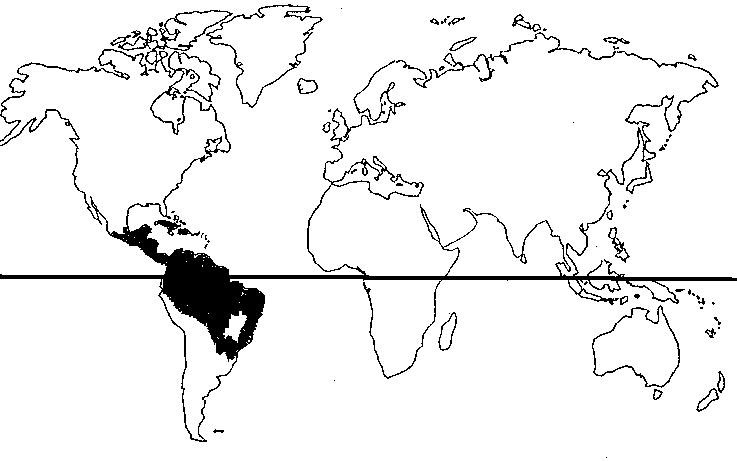American Cedar
Denominación.
• Scientific name: Cedrela odorata L.
• Espanola: American cedar. Tropical cedar
Provenance

Description of the wood
• Sapwood: Pink white.
• Heartwood: Pink brown to light red, which darkens with light.
• Fiber: Straight, often slightly intertwined.
• Grain: Medium.
Impregnation
• Sapwood: Moderately impregnable
• Heartwood: Medium to non-impregnable
Mechanization
• Sawing: Easy, no problems
• Drying: Relatively slow. Slight risk of collapse. Slight risk of deformations and fendas. High risk of resin exudations.
• Planning: Easy. Risk of repelling in pieces with interlaced
fiber • Gluing: No problems, unless there are excessive exudations of resin, in which case it is advisable to clean them previously using organic solvents.
• Nailing and screwing: Easy
• Finish: No problems, except those already mentioned of the exudations.
Applications
• Furniture and cabinetry of interior and exterior. Size furniture.
• Interior carpentry, doors, stairs, cladding, mouldings, skirting boards, friezes.
• Outdoor carpentry, doors and windows.
• Cigar boxes.
• Decorative veneers and plywood.
Mechanical properties
• Resistance to static flexion 753 kg/cm2
• Elasticity module 90,000 kg/cm2
• Resistance to compression 415 kg/cm2
Notes
- Attention, very important: Species protected by the CITES Convention. It is contained in the Apendlce III for the populations of Colombia and Peru. A CITES export permit is required for specimens obtained in Colombia and Peru. In the case of obtaining in these countries you need a certificate of origin issued by the CITES Management Authority of the exporting country, or re-exporter.
This do-account should be required when your purchase is re-announced.


